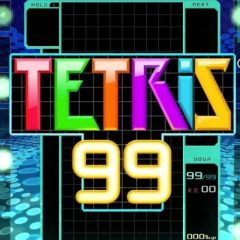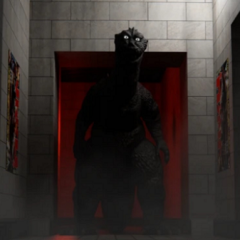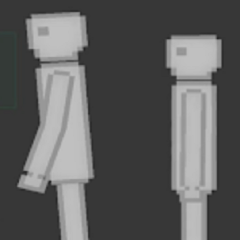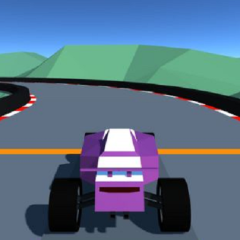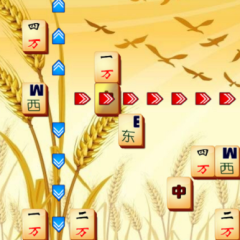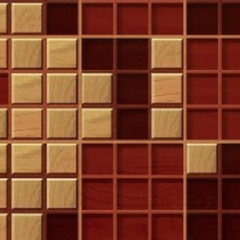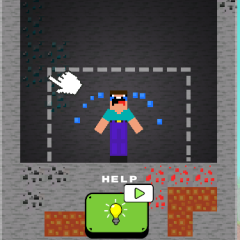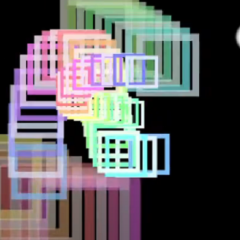Targeting And Counterplay
The targeting system in Tetris 99 is a defining feature of its gameplay. Players can manually select targets or rely on automatic targeting modes such as “Attackers” to fight back against those attacking you, “K.O.s” to finish off weakened players, “Randoms” for unpredictable offense, or “Badges” to challenge the strongest competitors. Choosing when to switch targeting modes is essential for both survival and offense. A poorly timed switch can leave you overwhelmed, while a smart change can quickly turn the tide in your favor. Players must constantly watch both their own field and the activity on the targeting wheel to anticipate threats and opportunities.
Common Competitive Approaches
Success in Tetris 99 often comes from a balance of offense and defense. Some commonly used methods include:
- Keeping a flat, low stack to maintain recovery options
- Building for quick Tetris or combo chains to send strong attacks
- Using defensive clearing to manage incoming garbage
- Applying targeted pressure early to reduce threats later
Each of these strategies becomes more or less effective depending on the match phase. Players who commit entirely to a single style risk becoming predictable, while those who adjust dynamically often maintain an advantage against diverse opponents.
Skill Growth And Practice
Improvement in Tetris 99 depends on both technical mastery and strategic flexibility. Learning efficient stacking patterns, practicing downstacking to clear garbage quickly, and recognizing attack windows all contribute to stronger performance. Recovery skills are just as important as offensive skills, as even the best setups can collapse under heavy garbage pressure. Players benefit from studying replays, practicing high-speed stacking in training modes, and participating in event matches to gain experience against stronger competition. Over time, this builds the ability to maintain stability under increasing speed and pressure, which is the core challenge of the game.

